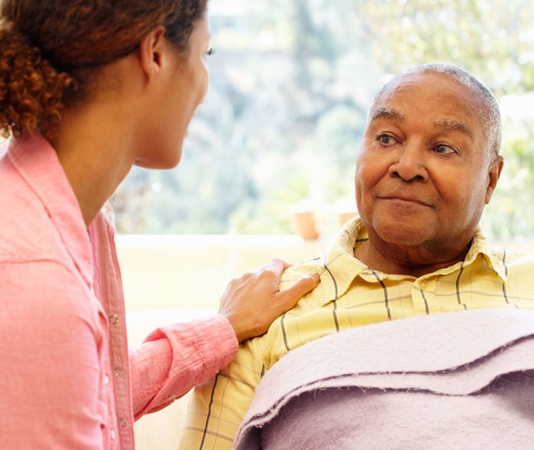Lewy body dementia, the second most common type of progressive dementia, became a topic of conversation after the death of actor Robin Williams in 2014. Initially it was believed that Mr. Williams had Parkinson’s disease, but it was later announced that he had Lewy body dementia.
While Alzheimer’s disease—the leading type of dementia—has become familiar even to people who do not personally know anyone with it, Lewy body dementia is less well-known. The Lewy Body Dementia Association estimates that about 1.3 million people are living with this disease—and it affects more men than women.
Lewy body dementia (LBD) is often misdiagnosed as Alzheimer’s or Parkinson’s disease and there are overlapping symptoms. While both Alzheimer’s and LBD lead to a progressive decline in mental functions, people living with LBD may also cause visual hallucinations. Like Parkinson’s disease, LBD can cause muscle rigidity and tremors.
Look for the Signs
According to the Mayo Clinic, symptoms of Lewy body dementia may include:
- Visual hallucinations, such as seeing people who aren’t there.
- Shuffling walk, tremors, and slowed movement.
- Trouble with sleeping, including acting out dreams.
- Attention problems with periods of drowsiness or long daytime naps.
- Memory loss.
- The nervous system is affected by LBD so there can be poor regulations of bodily functions.
Men, people who over age 60, and a genetic predisposition (another family member diagnosed with LBD) are indications that you are at a higher risk for this form of dementia.
Coping & Caregiving
For many families, just getting a correct diagnosis for LBD can be a relief. An estimated 80% of people living with LBD were initially misdiagnosed. Experts have said that input from caregivers with details of symptoms could help with better diagnoses.
There are medications to treat the symptoms, even if there is no cure for it. Such treatments have the potential to slow the progression of the disease.
The person living with the disease may experience a variety of emotions including anger, grief and depression. Caregivers can help by listening as this person shares their fears and confusion.
In addition, a family caregiver will need to remain attentive to physical changes so that this person doesn’t fall or have a negative reaction to any medication.
The caregiver may also be experiencing a mix of feelings as they take on this new role. The Lewy Body Dementia Association has resources for LBD caregivers to find support. There are online peer-to-peer support options and ways to find a local group to meet up with regularly.



.1803151925550.jpg)

